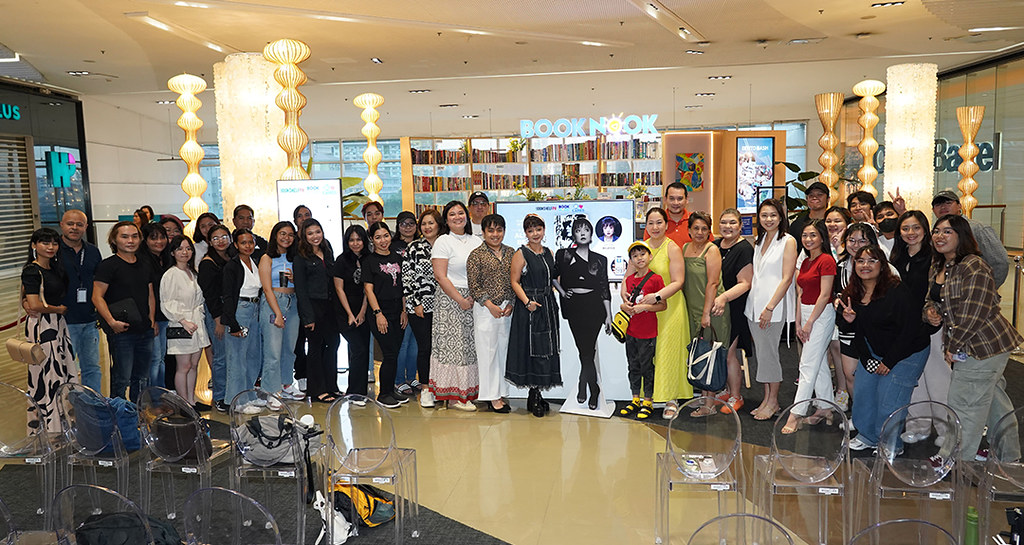There used to be a time when plastic was the solution to our woes. Cheap and easy to mass-produce, it became the go-to material for storage, protection, learning, recreation, and everything in between. To this day, it’s still used everywhere; its popularity is an inevitable reality of our times.
We know better about plastic now though. Over time we’ve learned—often through the hard way—just how much damage plastic can cause.

The negative impacts hit both directly and indirectly. We depend on plastic for its durability, but its toughness also means it clogs up sewerage systems before it can break down, causing severe flooding in heavily-populated cities during the rainy season. We depend on plastic for storing and preserving our food and drinks, but it costs the lives of innocent wildlife when it ends up in their bellies or around their necks.
We consume particles from our plastic trash when it winds up in the food chain too, by the way. How’s that as food for thought?
In the big picture, plastic does more harm than good.
Enter: The Plastic Solution.

Started by the folks behind The Circle Hostel in late 2016, the Plastic Solution promotes a unique way to reuse plastic trash: creating “eco-bricks” by stuffing plastic bottles stuffed with smaller plastic and non-biological wastes. These eco-bricks are meant to be used as fillers to support concrete walls for houses, classrooms, and other low-cost structures. It’s a movement where everybody wins.
The Plastic Solution addresses a handful of persistent social problems with a simple and straightforward habit: managing and minimizing plastic pollution, enabling low-cost construction projects, providing shelter and recreational facilities for low-income communities, and the protection and preservation of our rich biodiversity.

The eco-brick construction system keeps plastic pollution in place. Once the cement is applied over the eco-bricks, the plastic stays there. No more loose pieces that can clog drains and sewers, and no more bits that innocent animals can mistake as food. Being kept inside a layer of cement also keeps the plastic from disintegrating under the elements and releasing toxic substances that can seep into the soil and end up in our waters.
The Circle Hostel uses the eco-bricks to build additional structures in its La Union, Zambales, and Baler locations, as well as to support the construction projects of its respective community partners.

Hopping onto the Plastic Solution movement is easy. All it takes is three steps:
- Gather your used plastic bottles and other plastic and non-biodegradable wastes. Make sure that everything is clean and dry. Be sure not to include organic material that can decompose inside the eco-bricks.
- Stuff the plastic bits into the bottles—and pack them tight! The more compact your eco-bricks get, the sturdier they are, and the better they will be for building. Cut up big pieces of plastic into smaller strips to prevent air pockets inside the bottles. You can use a stick to push all the bits down the bottles and make room for more. (To check how sturdy your eco-bricks are, try squeezing them. If they give under your grip, it means you can add more small bits!)
- Bring your eco-bricks to any Plastic Solution partner drop-off points. Drop-off points include all Circle Hostels, Z Hostel and Lokal Hostel in Makati, and designated rooms at the Ateneo de Manila University and the University of the Philippines. For a full list, check the The Plastic Solution’s Facebook page.












